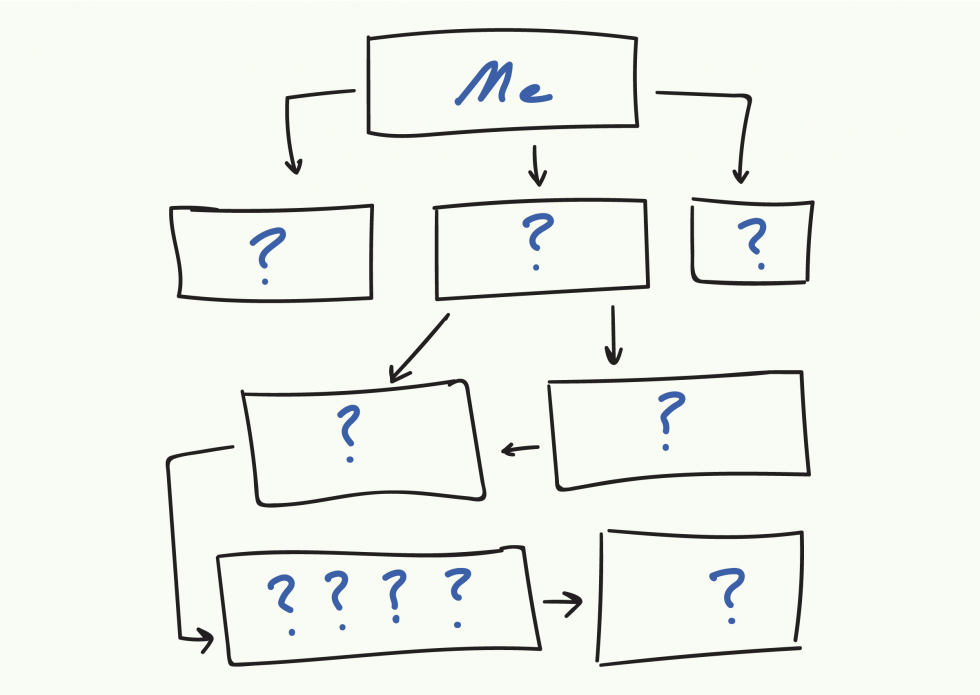9 Reasons Why Changing Your HR Org Structure Won’t Fix Your HR Issues

By Linda Brenner | January 28, 2025
Re-org'ing is not transformation. Changing the organizational design within HR may seem like a logical step to address issues and pursue a transformative HR strategy, but moving boxes on a chart rarely improves measurable outcomes (e.g., time to fill, retention, recruiting effectiveness, internal talent mobility, etc.) Here are nine reasons why simply altering the HR org design won't fix underlying issues or transform anything, much less your HR strategy:
- Surface-Level Solution: Changing the org design is often a surface-level solution that focuses on rearranging reporting structures and job titles. While these changes might have some impact, they won't address the deeper issues that might be rooted in processes, culture, leadership, or strategy.
- Culture and Mindset: True transformation requires a shift in organizational culture and mindset. Changing the org design won't change how HR professionals think, collaborate, approach their work or understand their role and measures of success. Transformation involves aligning people's behaviors and attitudes with the new strategy and desired outcomes, which always requires moving beyond structural changes.
- Processes and Practices: Sub-optimized HR results (like, inefficient speed or quality of hiring, early attrition of new hires, poor internal mobility, low retention rates, etc.) stem from inefficient or outdated processes and practices. Simply changing the org design doesn't improve these. A transformative strategy needs to identify desired future outcomes, the key processes required to achieve them, the gaps between the current and future processes and a robust change management plan. That's a lot! It's easy to see why some leaders default to simply changing the HR org design . . . if nothing else, it's easier.
- Leadership Alignment: Transformation requires strong leadership alignment, clearly defined desired outcomes, and commitment to change. Shifting the org design does nothing to ensure that HR leaders are aligned with the new strategy, which can result in resistance and ongoing inconsistencies in execution, expectations and outcomes.
- Technology and Tools: Once desired outcomes and new processes are defined, HR transformation then requires leveraging technology and tools to streamline operations, gather insights, and enhance employee experiences and outcomes. A focus solely on org design overlooks the importance of technology integration as a part of a transformative strategy.
- Employee Engagement: Effective HR transformation involves engaging employees in the process. Changing the org design typically doesn't involve employees in shaping the changes, understanding the reason for change, or enlisting them in the change process. In turn, this leads at best to resistance and at worst, "malicious compliance".
- Siloed Approach: If the focus is solely on the HR org design, HR issues will be addressed in isolation. A holistic approach considers the integration of HR with the broader organizational strategy to ensure that HR is aligned with overall business goals and clear on what "good" looks like in the end.
- Measurement and Accountability: A transformative HR strategy requires clear measurement metrics and accountability mechanisms. Focusing only on the org design fails to establish proper mechanisms to measure success and hold HR accountable for ways of working, how teams and individuals should collaborate toward shared goals (especially in a matrixed org), and most importantly, outcomes.
- Long-Term Sustainability: Transformation is about creating lasting change. An HR org design change might produce short-term effects, but without addressing the underlying factors, the changes might not be sustainable over the long term. This is why some organizations are known to "re-org" every 18 months or so.
While altering the HR org design is undoubtedly a component of a broader transformative HR strategy, it's essential to recognize that true transformation involves addressing issues at multiple levels – strategy, measurable goals, process improvement, culture, mindset, leadership, technology, and more. A holistic approach that integrates all these factors is more likely to lead to meaningful and sustainable transformation within the HR function. And when done well, changing the org design should be among the last steps in the process.

Email Updates
Get notified when we update our blog.
Learn More
Not All Employees Are Equal: The Importance of Strategic Human Resource Management
Read ThisLearn more about our unique approach to Talent Strategy Formulation.
Our Bloggers

Linda Brenner
Linda is an industry vet with keen observations and a knack for calling it like it is.

Tom McGuire
Tom brings the unlikely blend of Finance & HR to the practice, illuminating readers with the link between talent and business value.